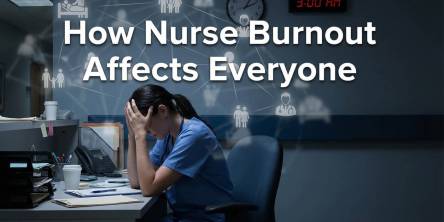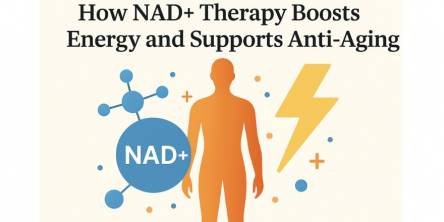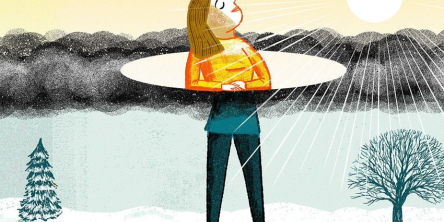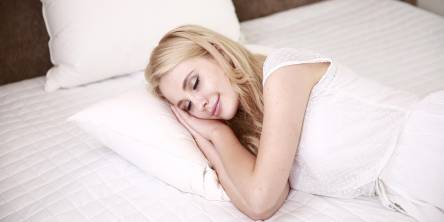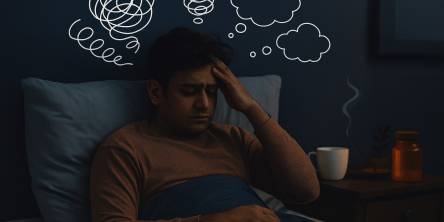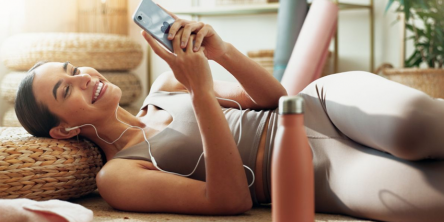Can Sleep Apnea Affect Children
Whenever we hear about snoring, an image of an overweight, elderly person comes to mind. The same is also true of other sleep problems like insomnia, generally considered to be ‘grown-up’ issues. However, images like these may prevent us from identifying a sleep disorder in children, who exhibit different symptoms when compared to adults. If your child doesn’t seem refreshed even after 8-10 hours of sleep, it’s quite likely that he has a sleep disorder like sleep apnea.
What causes Sleep Apnea in Children?
The factors that cause sleep apnea in children are slightly different from those associated with adults. Here are the most common risk factors for sleep apnea in children:
- A family history of sleep apnea
- Small jaw
- Disproportionately large tongue
- Enlarged tonsils or adenoids
- Obesity
- Low muscle tone
- Exposure to cigarette smoke
- Seasonal allergies
- Certain medications
For children, sleep is a crucial part of healthy growth and sleep apnea can adversely impact normal development. Children’s body recovers and grows during deep sleep and a lack of sleep can have serious consequences on their physical and mental well being, some of which are listed below.
- Sleep apnea can result in stunted physical growth, due to insufficient production of growth hormones
- Decreased sleep causes decreased immunity, and the child may fall sick easily
- Sleep apnea is also associated with lowered cognitive abilities and mental sharpness
- A lack of concentration and memory causes poor academic performance and increased stress
- Without enough sleep, children become moody and irritable most of the time
- Sleep apnea predisposes a child to lifestyle diseases like diabetes, hypertension and cardiac diseases
- Lack of sleep increases the production of stress hormones as well as appetite inducing hormones which can lead to obesity
Sleep apnea in children can be easily identified by parents, and if the child appears groggy during the day, it is worth checking out if they exhibit any of the symptoms listed below.
Signs of Sleep Apnea in Children
- Loud snoring
- Mouth breathing
- Abnormal or contorted sleep positions
- Sweating during sleep
- Bedwetting
- Morning headaches
If your child displays any or a combination of the symptoms listed above, it is best to get him tested at a sleep clinic. You will most likely be recommended a sleep study for a confirmed diagnosis of sleep apnea. The study is painless and involves taping sensors at certain points on the child’s body, which transmit information to the sleep technician while the child sleeps. This information includes heart rate, oxygen level, eye movements and more.
Treatment of Sleep Apnea in Children
Once sleep apnea is diagnosed, the sleep physician may analyze the cause of the apnea and if the cause appears to be an anatomical problem like enlarged adenoids, surgical removal of the same may be suggested. However, as children grow, the shape of their jaw and face are likely to change, and the sleep apnea may disappear over time. An obese child can also benefit from lifestyle changes to aid weight loss. In the meantime, they may be advised to use a CPAP device to ensure that they are able to get a full night’s rest and their normal growth isn’t affected.
A CPAP device is a small machine placed on the child’s bedside, with a tube that goes to a mask to be placed over the face. The mask may cover the nose or both the nose and mouth, and are available in different shapes and sizes. They are usually quite soft and are held in place with light straps. CPAP therapy usually results in significant relief for most children, and the mask and pressure of air can be adjusted as they grow.
The American Sleep Apnea Association claims that 1-4% of children between the ages of 2 and 8 have sleep apnea, which can have far-reaching consequences on their health. Timely diagnosis and treatment of sleep apnea in children can enable them to have a healthy and happy childhood.
Similar Articles
Discover the benefits, challenges, and future of locum medical jobs. Learn how locum recruitment agencies support flexible, diverse career opportunities for healthcare professionals seeking dynamic work environments.
Burnout in the healthcare environment is a significant and growing crisis.
NAD+ therapy restores cellular energy, enhances metabolism, and promotes anti-aging by supporting DNA repair and improved overall vitality.
Seasonal Affective Disorder (SAD) is a type of depression linked to seasonal changes, most commonly seen during the late fall and winter months when sunlight exposure decreases
Enhance sleep comfort and support with a mattress topper queen. Discover how the right topper improves pressure relief, temperature control, and rest.
If your mind refuses to be quiet the moment your head touches the pillow, welcome to the club. Overthinking at night has silently become nearly synonymous with modern forms of insomnia.
Discover how longevity clinics use key biomarkers to assess ageing, improve health, and guide personalized wellness strategies for a longer, healthier life.
Halitosis, sometimes known as foul breath, affects millions of individuals worldwide and can cause humiliation, influencing everyday interactions and confidence.
In the modern world, maintaining good health often feels like a constant challenge. Between busy lifestyles, sedentary habits, and lack of motivation, many people find it difficult to stay consistent with exercise, diet, or wellness practices.


